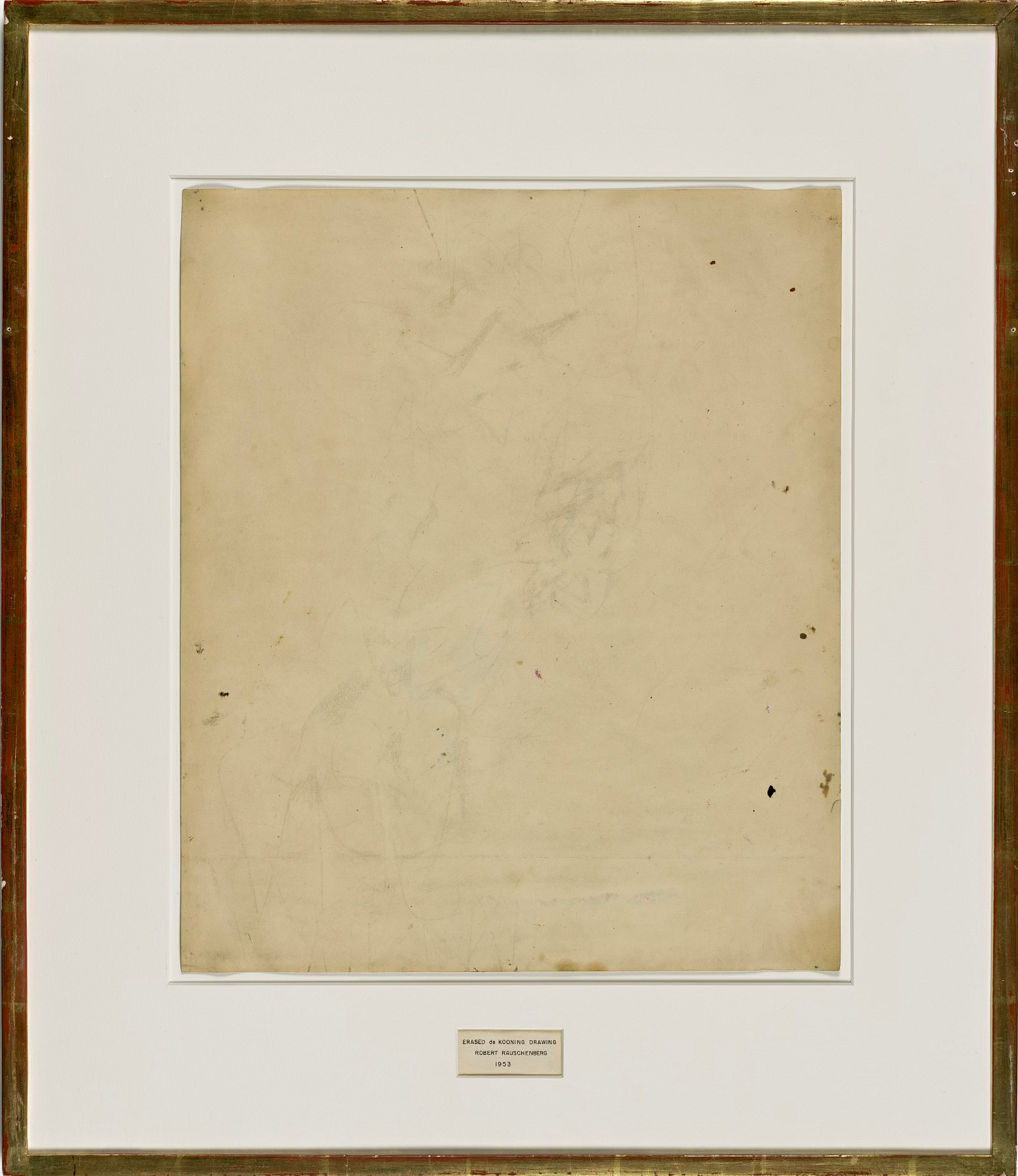The Erasive Age
Generation as destruction.
One day in 1953, a young and at the time little-known experimental artist named Robert Rauschenberg arrived at the studio of the great abstract expressionist Willem de Kooning bearing a bottle of Jack Daniels and a strange request. He wanted the famous artist to give him one of his drawings so he could erase
it. De Kooning was taken aback. “I remember that the idea of destruction kept coming into the conversation,” Rauschenberg later recalled, “and I kept trying to show that it wouldn’t be destruction.”
Rauschenberg explained to de Kooning that he wanted to see if a work of art could be created not just through the inscription of marks but through their removal. Could art be erasive as well as inscriptive? After much back-and-forth, and several servings of brown liquor, de Kooning agreed to the request. He chose a drawing he had recently completed — one he was fond of — and gave it to Rauschenberg.
Over the course of the next two months, Rauschenberg slowly, meticulously erased the drawing, taking off layers of grease pencil, charcoal, graphite, and ink. He went through forty erasers. All that remained in the end were a few faint traces of the original sketch. With the help of his friend Jasper Johns, he then carefully matted and framed the work, and Johns wrote a label for it, inscribing the title, artist, and date so precisely that they appeared to have been printed out by a machine:
ERASED de KOONING DRAWING
ROBERT RAUSCHENBERG
1953
“The simple, gilded frame and understated inscription are integral parts of the finished artwork,” writes a curator at the San Francisco Museum of Modern Art, which acquired the work in 1998, “offering the sole indication of the psychologically loaded act central to its creation.” Even a work of erasure demands a frame, Rauschenberg understood, a boundary establishing its place in the world. Erasure cries out for inscription. We want to know the marks were there before they weren’t.


